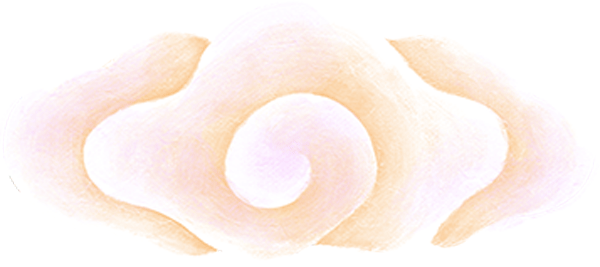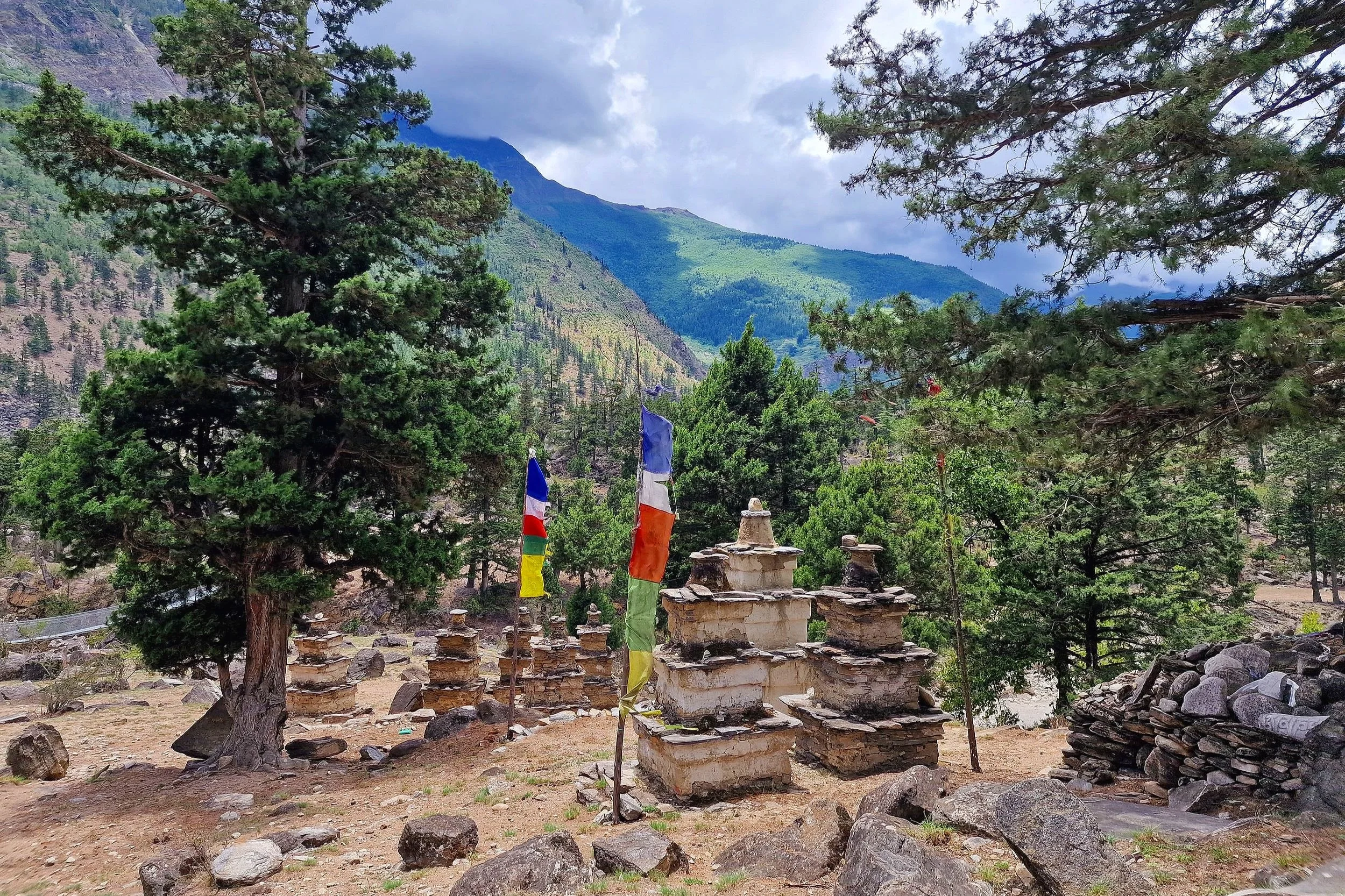About the Illicit Trade in Cultural Items
“Due to continuous stealing of statues from Gumbas [monasteries], the Gumbas are losing their identity.”
— Lotyae Lama, Chief at Thasong Choling Monastery
“Gumbas are extremely valuable assets. The state is not interested in their safety. As a result, these ancient heritages are becoming dilapidated and without idols.”
— Ranag Rinpoche, Dolpo Buddha
FAQs
Illicit trade in Dolpa
Like many other communities worldwide, the Dolpopa are losing their cultural and natural heritage due to ongoing foreign demand. To put it simply: people outside of Dolpa pay a lot of money for Dolpa’s cultural heritage, such as statues, thangkas, and other cultural and religious items. Because of this, cultural items are stolen from sites of worship or people’s houses and sold for profit. These items then end up in private and public collections elsewhere, such as museums.
Why are cultural items stolen?
Cultural items can have many different values. They can have cultural or religious value (we can use them for traditions and culture). They can have educational value, scientific value, or historic value (we can learn from them). They can have aesthetic value (we like to look at them because they are beautiful or special). They can also have a financial value: people pay money to own cultural items that are ‘valuable’. Those involved in the (illicit) trade in cultural heritage can make a lot of money with such trade.
What is illicit trade in cultural items?
Sometimes, cultural items are taken from a place of worship or from someone’s home, or they are excavated from the ground, where local and/or national laws prohibit this. These items have been stolen. They are then sold to collectors elsewhere. Stolen cultural items do not often come with a receipt or other documents to prove who owns them and where they has come from. This makes it difficult to prove who the true ‘legal’ owners of a cultural item are.
What can we do about the illicit trade in cultural items?
Everyone can help to stop the looting of cultural items. We can all ask critical questions to public and private collectors, like where their objects came from, and if their original owners (the communities of origin) know and agree with the way the items are displayed. We can also make sure cultural heritage in our own communities is better protected: for example, by installing security measures like locks and CCTV. Finally, we can ask our governments to regulate the trade in cultural items, so that it becomes impossible for buyers to buy stolen cultural objects.


